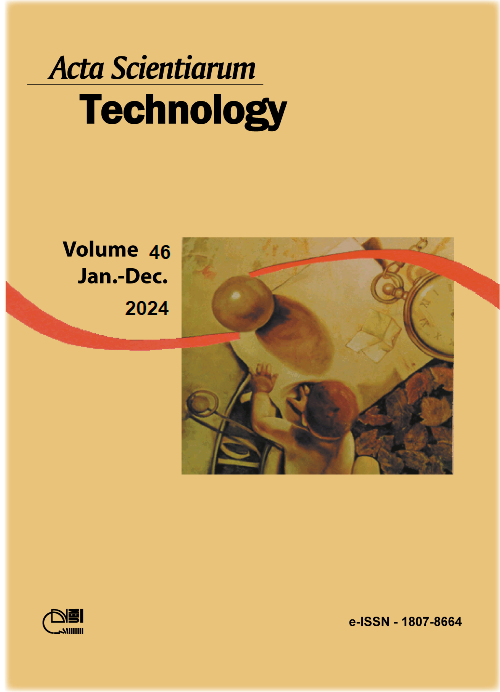Investigation of students´ intent to use the online learning platform with usability dimensions
DOI:
https://doi.org/10.4025/actascitechnol.v46i1.64817Keywords:
educational technology; human computer interaction; online learning tools.Abstract
When we look at today´s technological developments, we see that the concepts of education and training experience diversity in parallel with Human Computer Interaction (HCI). Thanks to developments in technology, an increasing number of people are able to access more information day by day. The use of the Internet and the educational environments to which it is connected is increasing rapidly in Tí¼rkiye as well as around the world. With the integration of technology in education, the aim is to acquire the best and highest quality efficiency from education by striving to remain current and by being open to change, innovation, and development at all times. In this context, within the scope of the `FATÄ°H (Movement to Increase Opportunities and Improve Technology) Project´ developed in 2010, to increase the quality and efficiency of education through the integration of technology, a digital education platform, the EBA (Educational Information Network), was established by the Ministry of National Education to communicate between teachers and students and to provide materials that they can use throughout their educational life. The aim of this study is to determine the effect of the usability of the EBA, which is a contributing factor in increasing the quality and efficiency of education, on the intentions of high school students to use it within the scope of Human-Computer Interaction. For this purpose, the `Scale of the Usability of Online Learning Platform´ was developed, and using this scale, the usability of the EBA was evaluated with the sub-dimensions of Content Design, General Design Considerations, and Learnability, and its effects on the Intentions to Use of high school students were measured.
Downloads
Downloads
Published
How to Cite
Issue
Section
License
DECLARATION OF ORIGINALITY AND COPYRIGHTS
I Declare that current article is original and has not been submitted for publication, in part or in whole, to any other national or international journal.
The copyrights belong exclusively to the authors. Published content is licensed under Creative Commons Attribution 4.0 (CC BY 4.0) guidelines, which allows sharing (copy and distribution of the material in any medium or format) and adaptation (remix, transform, and build upon the material) for any purpose, even commercially, under the terms of attribution.
Read this link for further information on how to use CC BY 4.0 properly.











8.png)




